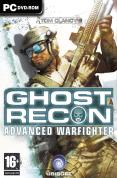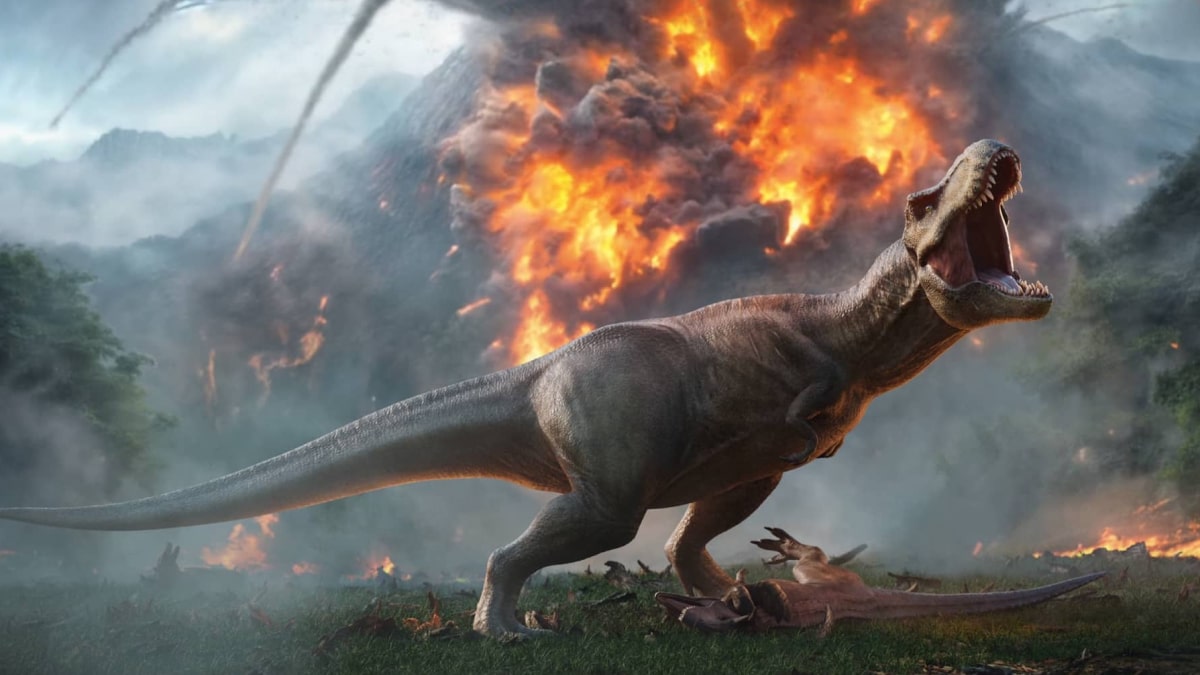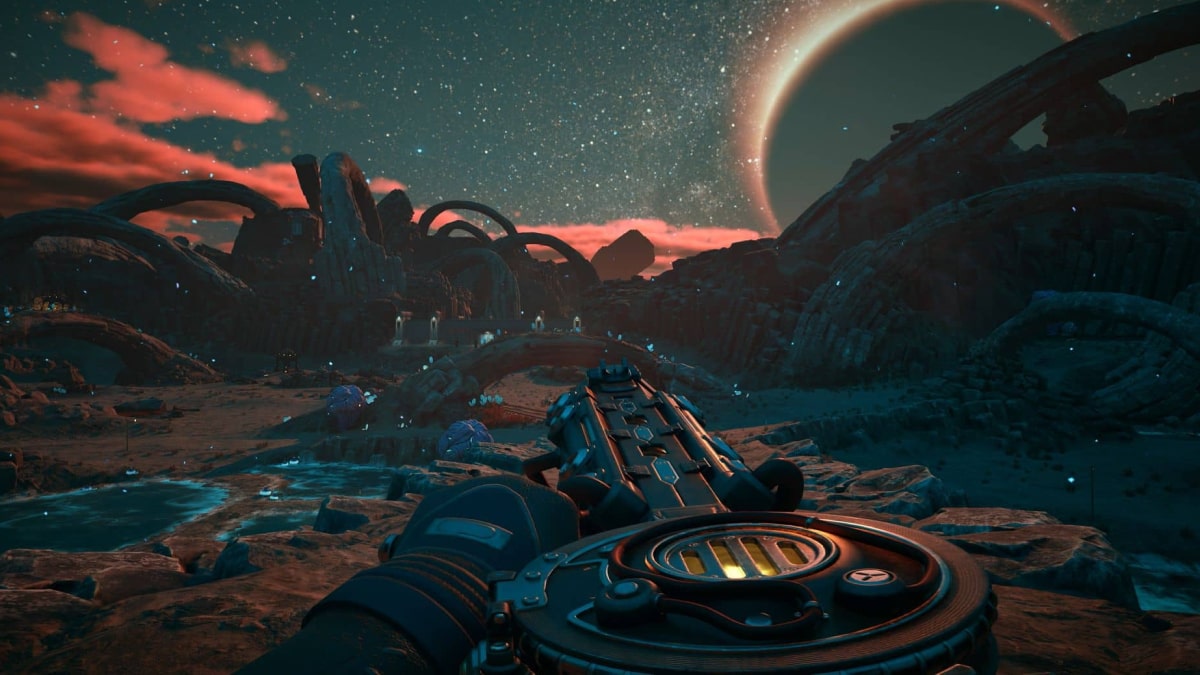You can trust VideoGamer. Our team of gaming experts spend hours testing and reviewing the latest games, to ensure you're reading the most comprehensive guide possible. Rest assured, all imagery and advice is unique and original. Check out how we test and review games here
Ghost Recon Advanced Warfighter’s delay near the release of the Xbox 360 was a disappointment to many. E3 videos a few months prior had wowed gamers and it quickly became one of the must have 360 titles. When the game was finally seen in a playable state, the E3 demo seemed a distant memory, and doubts spread over the game’s quality and the console’s power. Thankfully, some three months after the console launched around the world, GRAW has arrived, and it’s every bit as good as the first videos promised.
Set in Mexico City in 2013, rebels are causing some trouble and it’s up the Ghosts to sort it out. Aided by a new Advanced Warfighter system, you play as Scott Mitchell, the captain of the elite Ghost team, always seconds away from death, but determined to do the job required. Setting a whole game within one location might seem a little limiting, but there’s a nice variety of city street missions, rural locations and even the odd air-based section. A story is loosely told via videos sent to your visor’s display, and while they help link missions, the game’s thrilling action more than makes up for any story shortcomings.
Played from a third-person over-the-shoulder perspective (although you can switch to a gun-less first-person viewpoint if you wish), GRAW is very much a tactical shooter. Running and gunning will get you killed in seconds, meaning cover is your friend. This is handled extremely well, with your character adopting a defensive position if you walk into a wall or similar. From here you can move along the wall, peek out from the side or over the top, and pick off any rebels. The controls initially seem rather complex, but they become second-nature in a matter of minutes, letting you concentrate on staying alive.
The Advanced Warfighter system includes a flying scout drone that can spot enemies and relay their position to your tactical map and on-visor display. The drone is controlled via your cross-com, a small window that is ever present in the top left of the screen. Team-mates, tanks and air-support are controlled in the same way, either by pointing using the character’s aiming reticule or by using the tactical map to select targets. It seems a little overwhelming at first, but it’s really just a few presses on the d-pad, and is rarely an issue once you’re past the first few missions.
Given the amount of hi-tech gadgets you have at your disposal, it’s a little disappointing to see that you lose their abilities for a number of missions, and often even lose team-mates. After you’ve relied on the drone in a number of missions to scout out the area ahead, playing through further levels ‘blind’ makes for a refreshing, but difficult change of gameplay. Losing your team-mates, either through death or simply mission orders, also makes things a lot trickier. If you make good use of them they can do a lot of the dirty work for you, taking out enemies and saving you from potentially life threatening situations. You can even heal them if they become incapacitated, or send one of them to play medic for you.
Sadly, they’re far from perfect. On a number of occasions they simply refused to follow an order, standing firm for some unknown reason. If you’re not really careful, they’ll also get killed far too often. You can order them to be attacking or defensive, and it’s important to play safe unless you’re sure of what lies ahead. An attacking set of team-mates will often stand fully exposed, while defensive orders will see them take much more effective cover. It would have been nice to see them use their brains now and again, but if you take care over your orders, they’ll do a good job.
Even with some team-mate AI blunders, it’s amazing how tense the game becomes. You’ll frequently find yourself pinned down and forced into using every trick in the book to get out alive. Smoke grenades come in very handy in these situations, letting you take cover and pick out enemies using your heat/nigh-time vision. This vision mode is a little strange, as unlike in other games that feature separate view modes for heat and night vision, it combines the two. This doesn’t make it perfect for night-time viewing, but it’s a more useful tool than it seems as it does both tasks without needing to switch view types.
On occasion you’ll take the gunner’s position in the attack chopper and be tasked with taking down the soldiers that are desperately trying to bring the chopper down. There’s nothing all that new to these sections, but they do break up the standard missions and often look quite breathtaking. Not that the game as a whole isn’t stunning; if there was any doubt of the next-gen-ness of the Xbox 360, that doubt should well and truly be cast aside. Everything from the lighting to the character models to the awesome recreation of the city is utterly phenomenal. A few slight frame rate hitches are disappointing, but as an early next-gen title, this has all the others beaten.
Audio is impressive too, with some great surround sound work and sound effects that will quite literally rock your sound system. Music is used sparingly, but when it kicks in it really works well, heightening the tension where necessary. The music that plays in the chopper in-between missions does seem a tad out of place at times, but it would be foolish to criticise the sound presentation on the whole for one slight annoyance.
If one serious complaint could made about the single-player campaign it’s how difficult it is. A big part of this is to do with the checkpoint system and the scarcity of health upgrades. It’s impossible to increase your health during a mission unless you use an ammo crate, which are pretty rare, and this means that you’ll often reach the final checkpoint of a mission with your health well into the red and you’re chances looking pretty slim. What actually makes GRAW such a great game is that even if you’re in this state, it’s not impossible to complete the mission; careful, correct play will see you through, and these situations are often the most rewarding, giving you a real sense of accomplishment, alongside the obligatory achievement for your Gamer card. Yes, you should be able to command a team-mate to heal your wounds, but its absence isn’t as big a problem as you’d think.
Brilliantly, once the single-player game is done and dusted (although you may want to replay it) there’s an enormous online mode to get stuck into, plus single-system play for up to four players if you can’t get online. There are ten hugely varied maps to play in, using a number of solo and team-based game modes. The expected elimination, territory and objective game modes are playable as teams or as everyone for themselves, but online really comes into its own in the co-op game types.
As well as being able to play the above mentioned modes with a team of humans against AI bots, there are four special campaign missions which feature set objectives in a similar fashion to the single-player game. With up to an incredible sixteen players battling against the AI it’s a truly great gaming experience, providing you can get into a game that’s lag free. At the moment getting into a full sixteen-player game is a bit hit and miss, but it’s most definitely worth the effort. You could waste away hours each day playing this game online.
The one drawback to the online game is that it actually plays a little differently to the single-player game. It’s not a major change, but if you’ve been playing the single-player campaign a lot, the changes will be rather off-putting at first. These changes mainly revolve around taking cover, with the instant cover when walking into a wall not present in the multiplayer portion of the game. The often useful dives are also missing, making taking cover much harder. You can still lean left and right, but not with the same safety as in the single-player campaign.
Visually, too, the game is different, made on an entirely different engine to the single-player game. It lacks a lot of the sheen seen in the main campaign, and seems to suffer from far more screen-tearing. That’s not to say that it doesn’t look good; sharp textures, huge draw distances and a generally smooth frame rate make sure this isn’t just a high-resolution Xbox game.
Even with a few problems in the single-player campaign, it’s impossible not to be impressed by what Ubisoft has created in Ghost Recon Advanced Warfighter for the Xbox 360. The main campaign is a true next-gen experience that’s punishing, but not impossible, and the online mode is the most complete yet seen on the console. With people still unsure over what they think the next-generation consoles should bring, GRAW is perhaps the best example to date, delivering on all fronts.
Tom Clancy’s Ghost Recon: Advanced Warfighter
- Platform(s): GameCube, PC, PlayStation 2, Xbox, Xbox 360
- Genre(s): Action

/https://oimg.videogamer.com/images/8ffd/ghost_recon_3_10.jpg)
/https://oimg.videogamer.com/images/38ab/ghost_recon_3_18.jpg)
/https://oimg.videogamer.com/images/fc46/ghost_recon_3_38.jpg)






